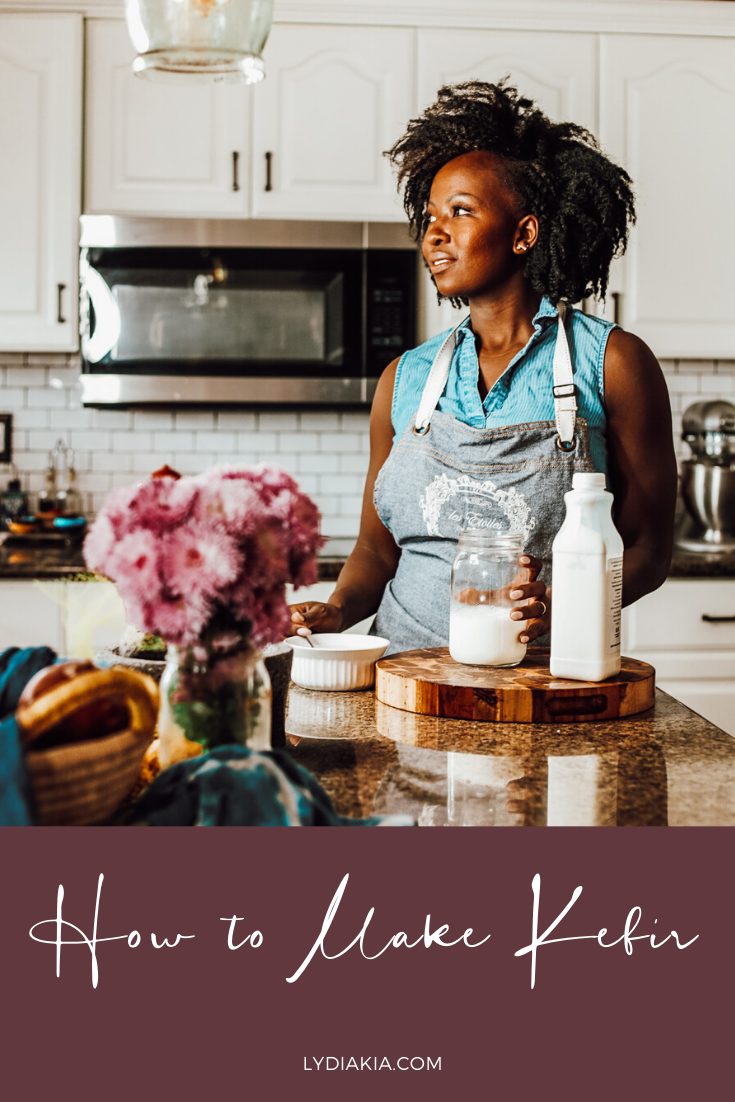How to Make Kefir
First of all, let me start by saying, I only make Kefir because I’m lazy. It’s so easy and there are literally just 2 ingredients if you dont include "time".
With that said, there is some w margin for error, and I have absolutely ended up with an inedible lumpy problematic slop, so I will cover how to avoid those problems.
First of all, lets talk about what Kefir is and why you want to include it in your diet.
Kefir is a cultured probiotic-rich versatile dairy beverage. I love using it in smoothies or adding some fruit and honey for a quick and easy breakfast. It can be a really powerful part of gut healing.
You only need two things:
Kefir grains - buy some on amazon here
Cow or Goat Milk
The supplies you need include:
a glass jar
a wooden or plastic spoon
a light breathable cloth
a rubber band
Move the active kefir grains into up to 4 cups of cow or goat milk.
Drape with a breathable cloth secured by a rubber band or jar ring.
position in a warm location like your countertop, 68°-85°F is what you are aiming for, to culture.
Wait until milk is slightly thickened and aroma is pleasant.
This generally takes 24 hours, but can take less time in warmer temperatures, so keep an eye on your grains.
After the milk changes texture and culturing is complete,use a strainer to seperate the grains from the fermented milk and you can either repeat and make another batch, or you can place the grains in the refrigerator to slow the cultures down and preserve them.
Always allow the grains to warm up to room temperature before another round of fermentation.
LOVE THIS STUFF? Get my free self care guide





